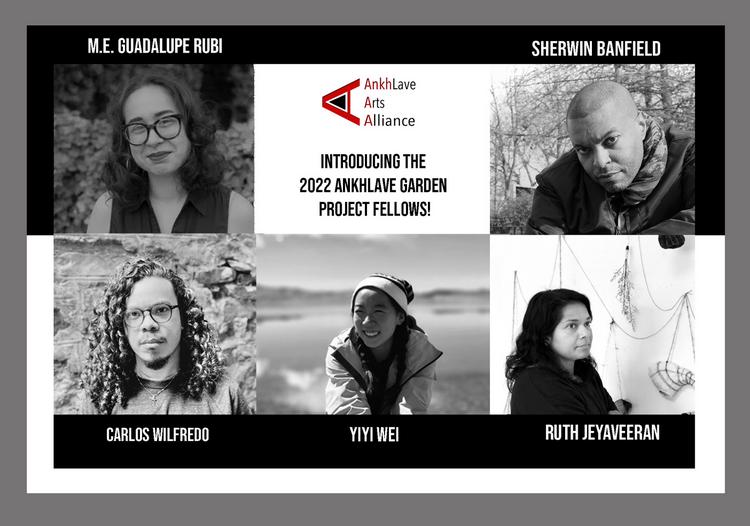Sherwin Banfield
“Botanical Boombox”
Botanical Boombox is a mini greenhouse boombox sculpture that houses a miniature public housing ecosystem amplifying dreams and stories of personal growth and struggle. Inside this Boombox greenhouse is an arrangement of diverse plants that symbolize the voice of voiceless, individual lived experience by local hip hop artists, sprouting through the redlined concrete of Queensbridge Houses as a metaphoric photosynthesis. The Boombox is the amplification of these voices that uses music and hip hop culture to express personal and community issues regarding growing up in their ecosystem. This project is part exposition and part celebration, exploring the overlapping layers of hip hop stories, environmental racism, surveillance, industrialization, and poverty.
Bio:
Sherwin Banfield is a Queens, NY-based mixed-media artist with recent work attempting to explore journeys of identity and ancestry. Sherwin’s creative practice tends to deconstruct the imaginative and physical journey of identity within his preferred subject matter, the human experience. While exploring the journey of his subject, he would seek to draw a connection between their personal stories and established culture, frequently imposing mythological and imaginative ideas as accessories within his











